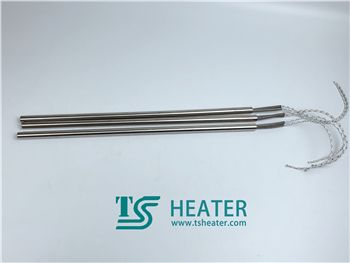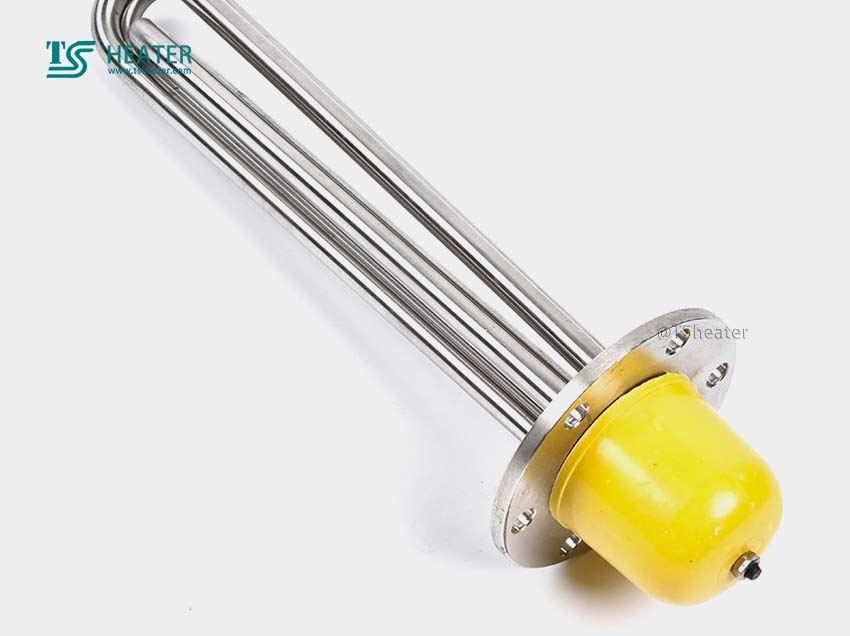
Oct 14 2022

Oct 14 2022

Oct 14 2022

Oct 01 2022
For a seemingly simple electric heating tube, the difference in the production process and material selection will directly affect the work of the electric heating tube. Often we only see accessories such as external metal pipes and terminal posts at the wiring site. In fact, the electric heating tube is a simple electric heating element, its structure is not so simple, and the source of heat is not visible from the outside.
I will give you a brief introduction to the principle and composition of the electric heating tube, as well as the requirements of the accessories of the electric heating tube.
1: Principle of electric heating tube: Distribute high-temperature resistance wires evenly in the high temperature resistant stainless steel seamless tube, and densely fill the gap part with crystalline magnesium oxide powder with good thermal conductivity and insulation performance. This structure is not only advanced but also has high thermal efficiency. Moreover, the heating is uniform. When the current passes through the high-temperature resistance wire, the heat generated is diffused to the surface of the metal pipe through the crystalline magnesium oxide powder, and then transferred to the heated part of the air to achieve the purpose of heating.
2: The structure of the electric heating tube mainly includes external metal pipes, high-temperature magnesium oxide powder, electric heating wires, wiring parts, fasteners, etc.
3: Accessories of electric heating tube:
a) External metal tube:
In the electric heating tube processing, the metal pipe is generally processed first, and the outer metal pipe is generally carbon steel, SUS304, SUS321, SUS316, titanium pipe, etc. The external metal pipes are mainly used for protection. Different materials are used to adapt to various user environments. Dry-fired metal pipes are used for dry-fired conditions, high-temperature resistant pipes for high-temperature conditions, and corrosion-resistant pipes for corrosive environments. . Through the protection of the external pipe, the internal heating wire can be used in more environments.
b) High-temperature magnesium oxide powder:
Since the inner heating wire has a high resistivity alloy wire, it is a conductor, and the current can pass. The outer metal pipe is also a conductor that can pass the current. Therefore, in order to insulate the surface of the pipe body, it is necessary to do a good job between the two Insulation treatment, in order to ensure that the heat generated by the internal heating wire can be better conducted to the surface of the pipe, an insulating material with good thermal conductivity is required. The magnesium oxide powder is filled between the heating wire and the metal pipe during the processing of the heating rod. The gap plays a dual role in insulation and heat conduction.
c) Electric heating wire:
The heating source of the electric heating tube is the heat generated by the internal heating wire after passing the electric current. In order to improve the efficiency of electric energy conversion heat energy, the alloy wire with high resistance is required, which is processed and formed according to actual needs. Generally, conventional heating wires mainly use alloy wires such as iron-chromium-aluminum, nickel-chromium, and tungsten wires.
d) Other accessories:
In addition to the three main parts mentioned above, the electric heating tube is also composed of wiring parts, fasteners, installation parts, etc. The wiring part is conventionally composed of a terminal connected with an internal heating wire; the fasteners are mainly threads or screws The screw cap is mainly used to fix the wiring or the installation of the electric heating tube. Its size is selected according to the size of the tube diameter; the other is the installation accessories. Some electric heating tubes have baffles or brackets to the electric heating tube. The installation is fixed, and the flange electric heating pipe and the flange plate-related accessories are installed and fixed.
